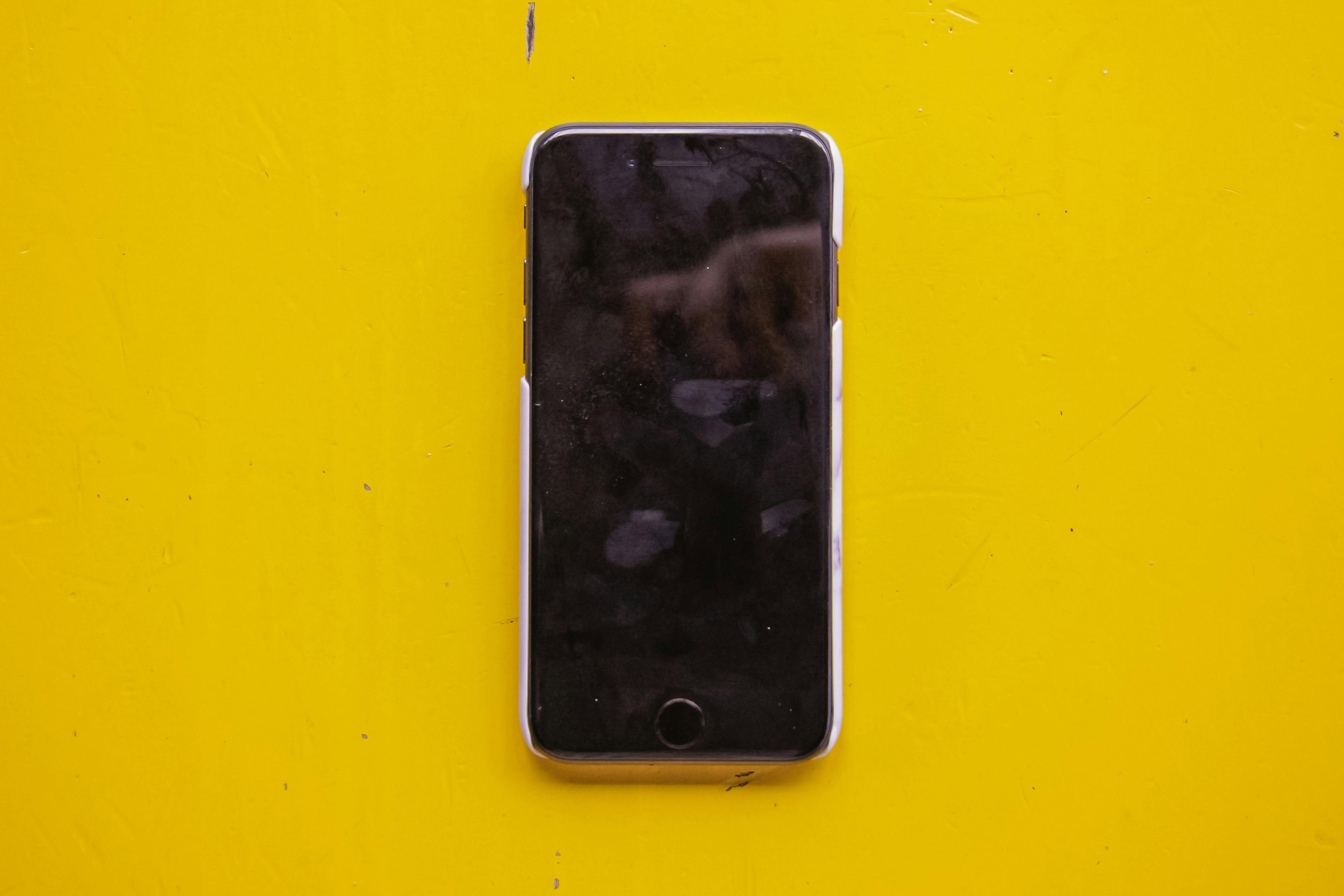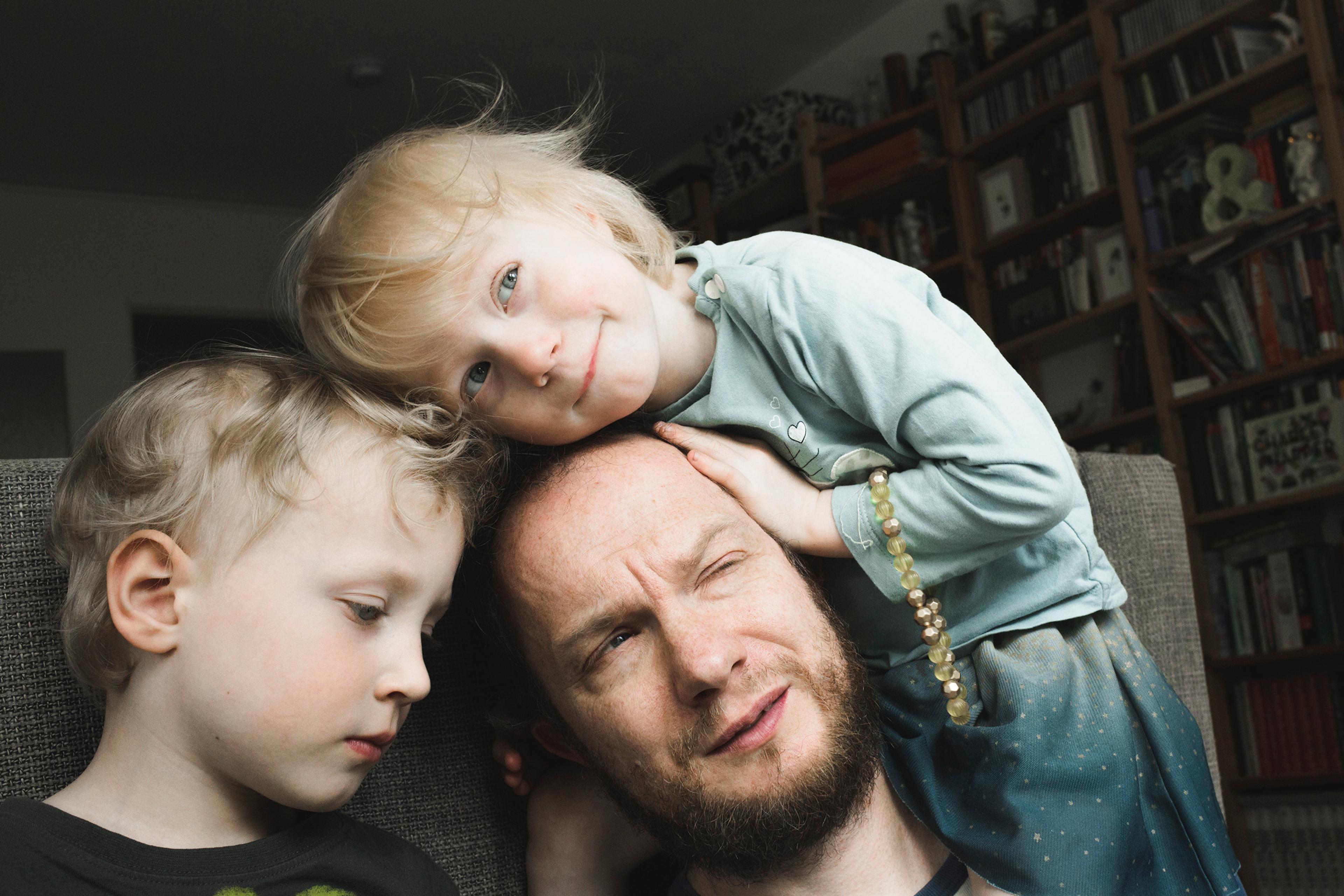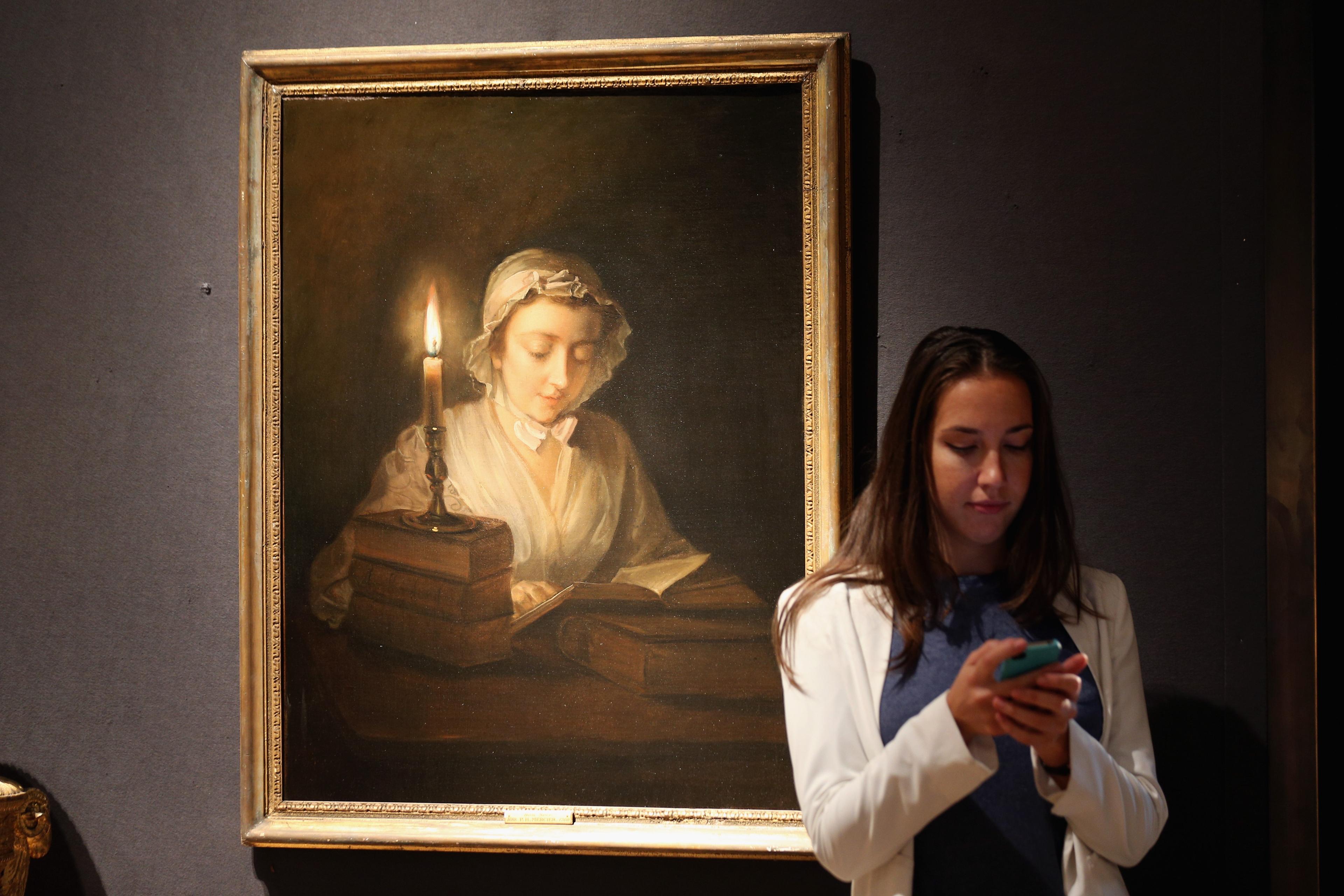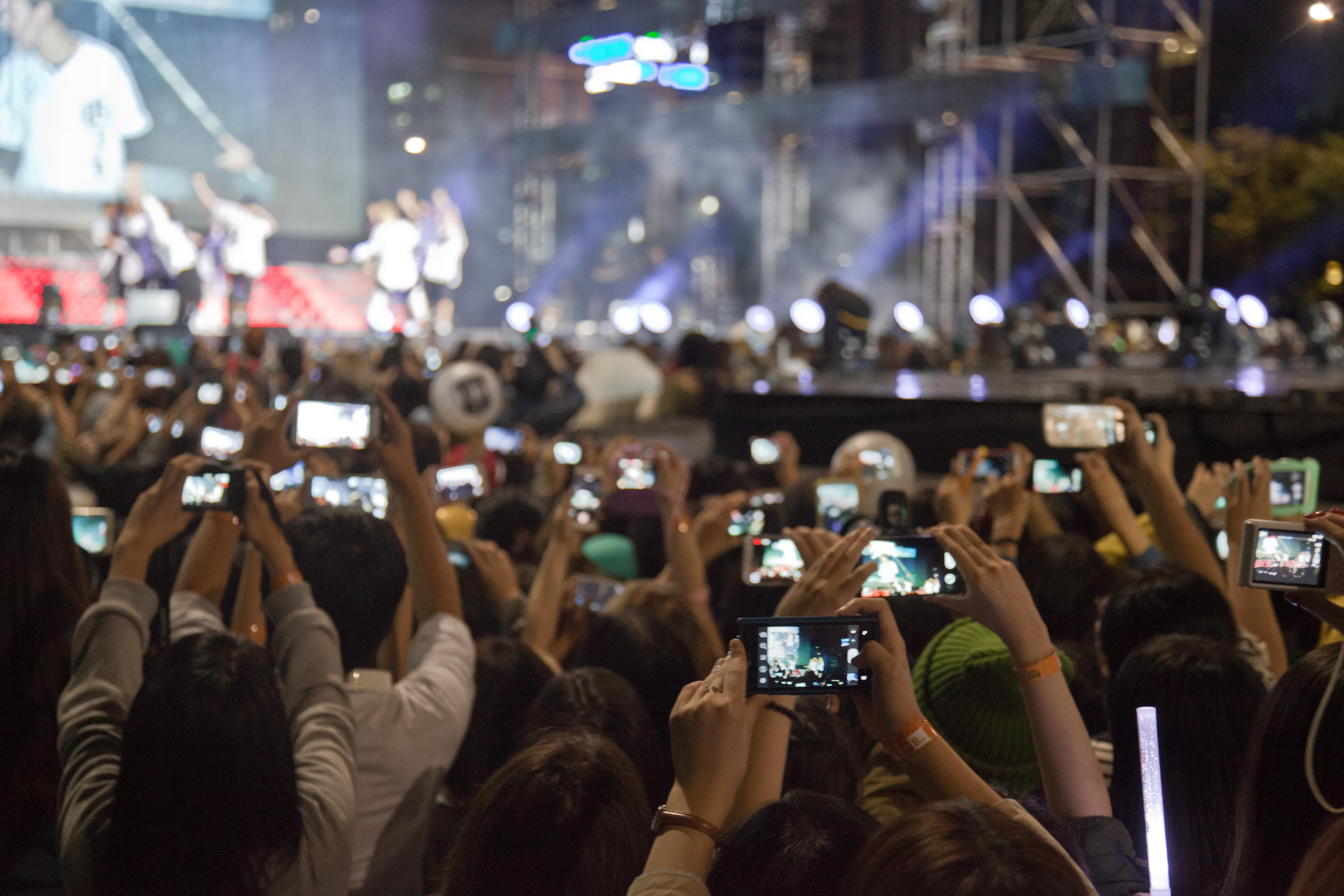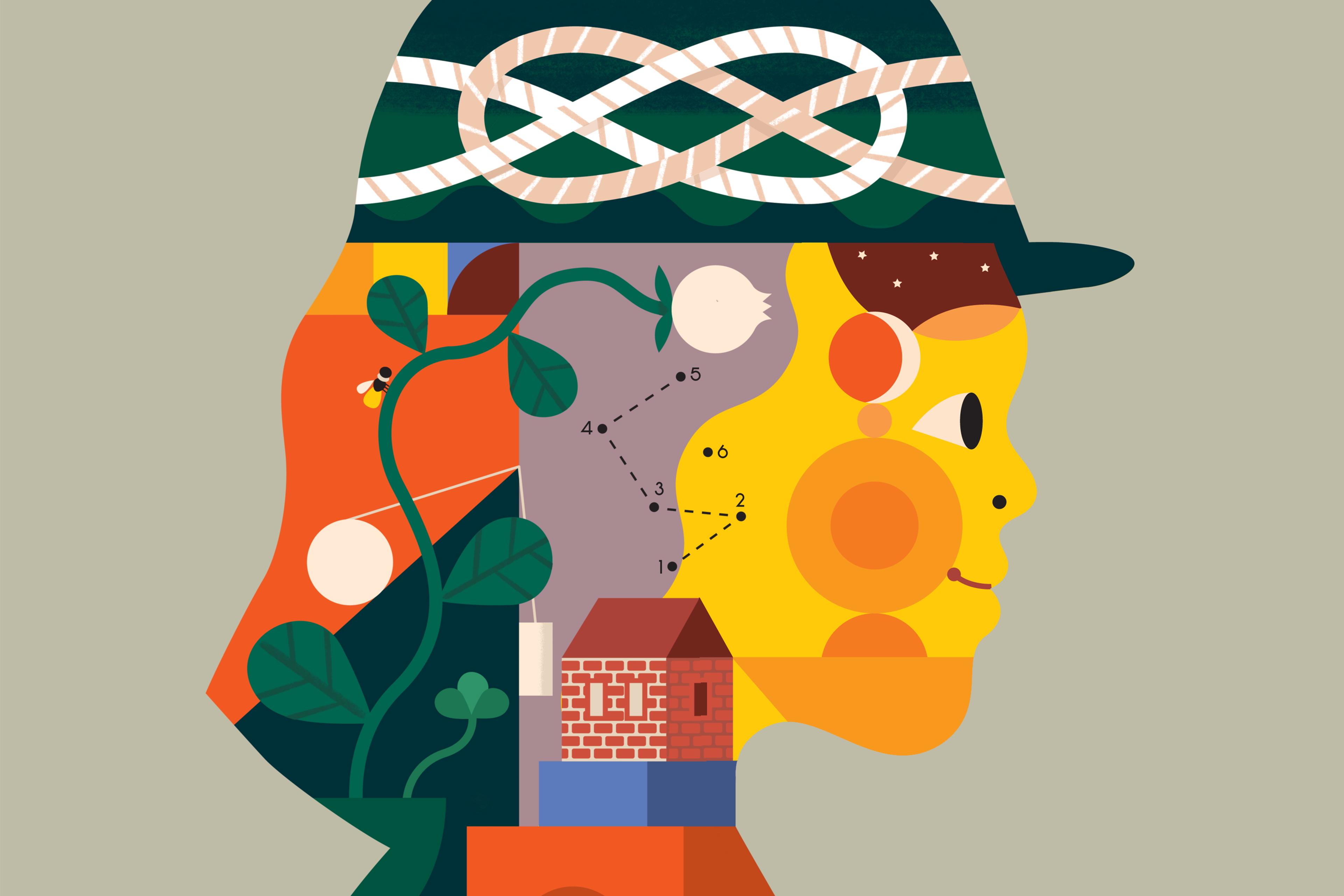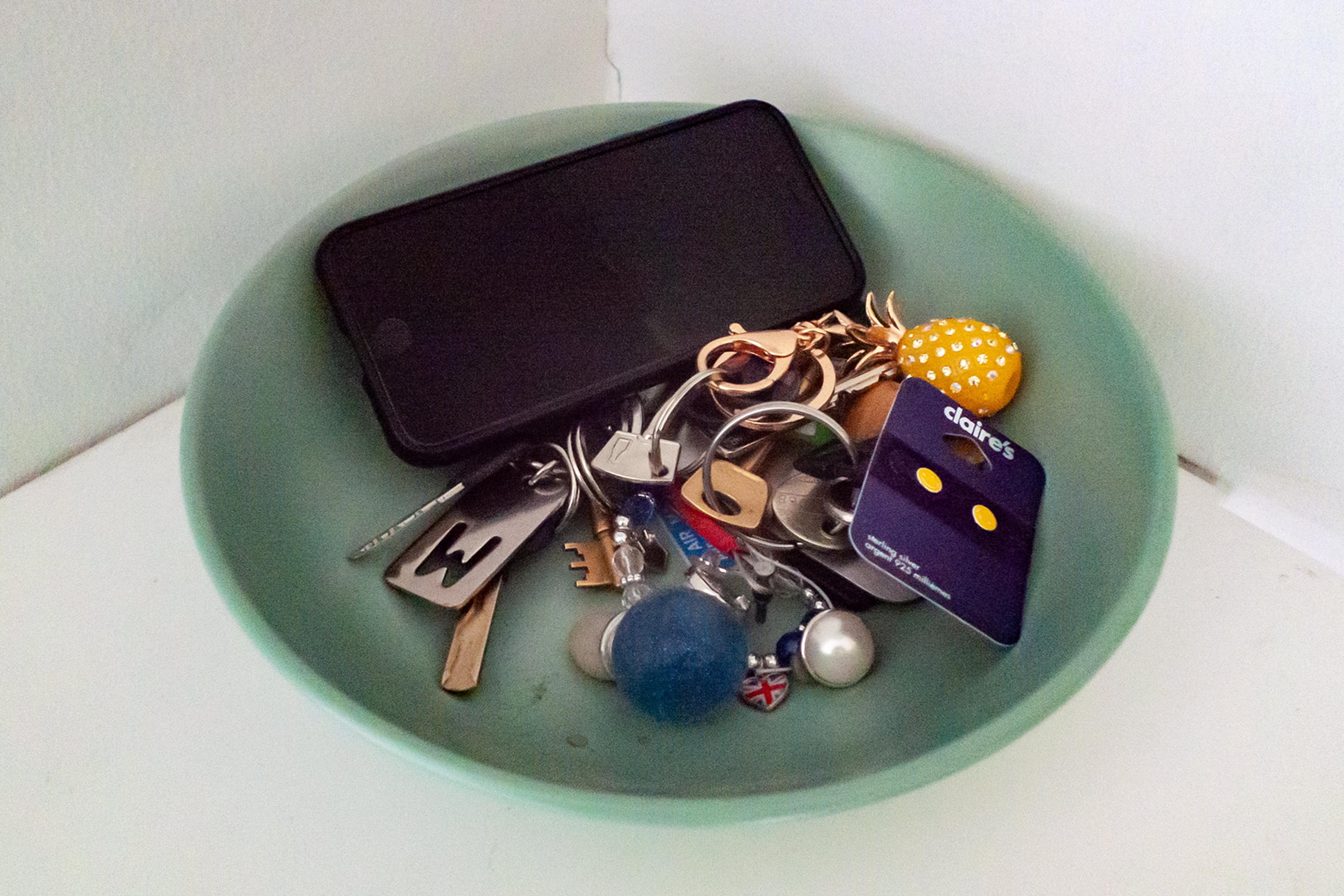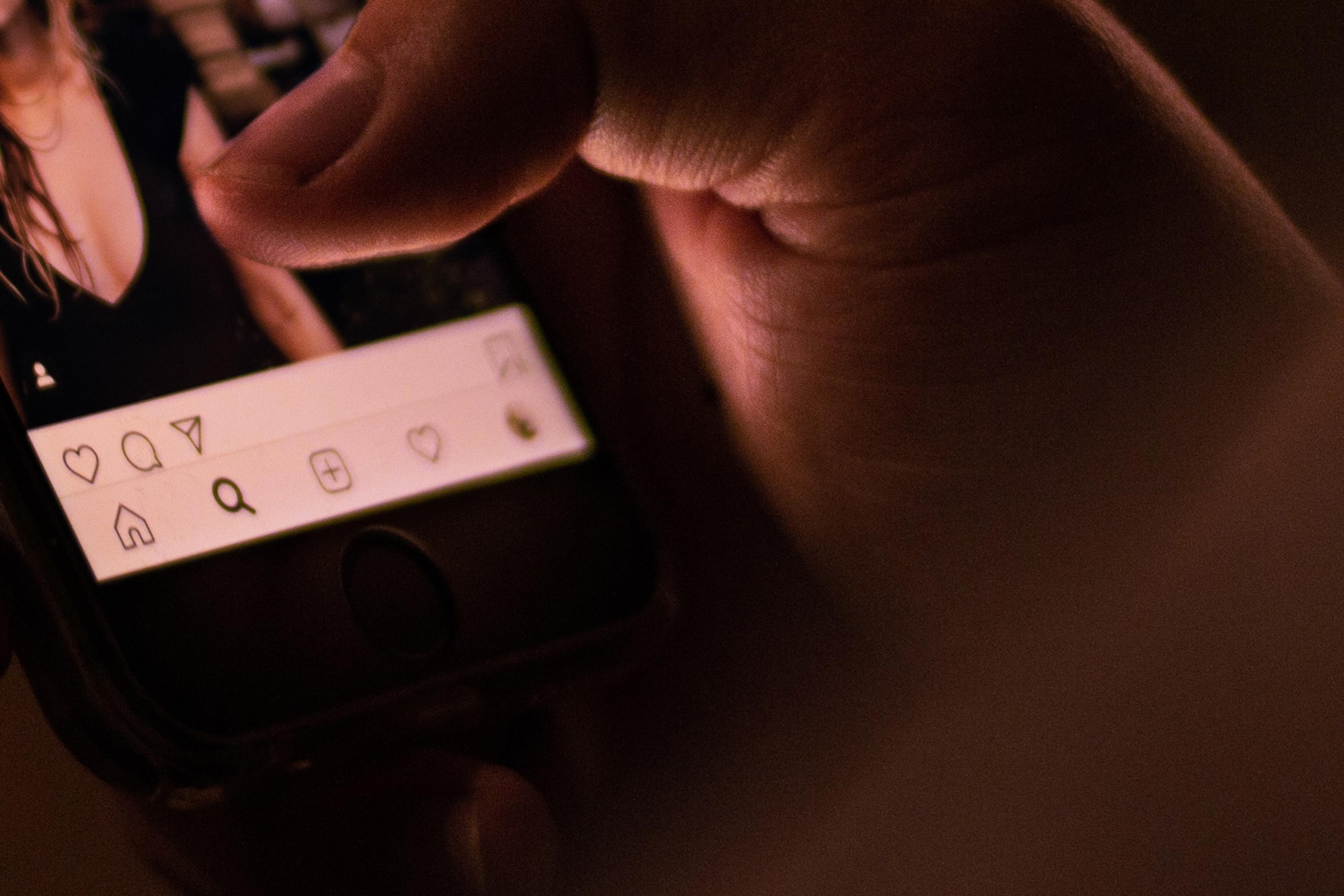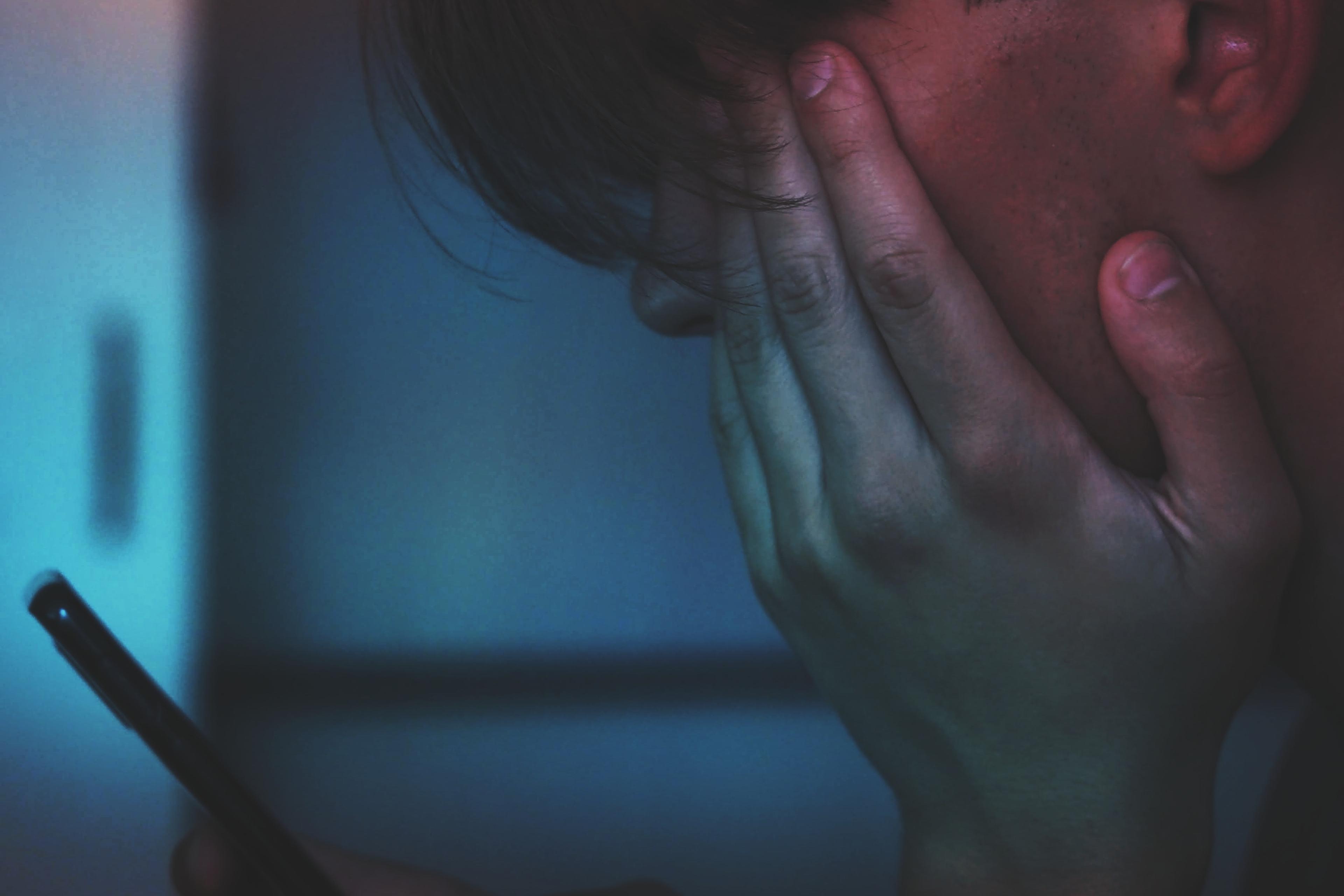I got my first smartphone soon after becoming a parent. I would feed my son overnight, flicking through content to stay awake. Fast forward 15 years and my son can sometimes be found on his smartphone in bed, when I (as a sleep researcher) think that he should not be.
Families all over can relate to anxieties about young people and their devices. Are they spending too much of their precious childhoods interacting with screens rather than humans? Is the content harmful? In response, many parents and teachers are embracing initiatives to create childhoods without smartphones. Feelings are strong, and it’s even been claimed that a goal is to make smartphone use in childhood feel shocking – just as it would be to witness them smoke.
But what if your child uses one of these devices to stay alive? My second son was diagnosed with type 1 diabetes just after he turned seven. We sought out the best treatment – an automated insulin delivery system or the ‘artificial pancreas’. The smartphone provides a core element of this system. Some children with other conditions such as allergies, epilepsy, heart conditions and asthma also use a smartphone as a vital component of their care. Zealous smartphone-free campaigns put these children in a difficult position. Even if an exception is made for them, a lack of understanding can leave them feeling unfairly judged.
Important decisions about smartphone use are being made, yet this piece of the puzzle is largely being ignored. Every school message or year-group WhatsApp message about smartphones will likely land in the inbox of at least one family for whom their child’s device is used for a medical purpose. Research, policy and advocacy are now needed to ensure a safe childhood for all – including those for whom removing the smartphone is not a simple choice.

